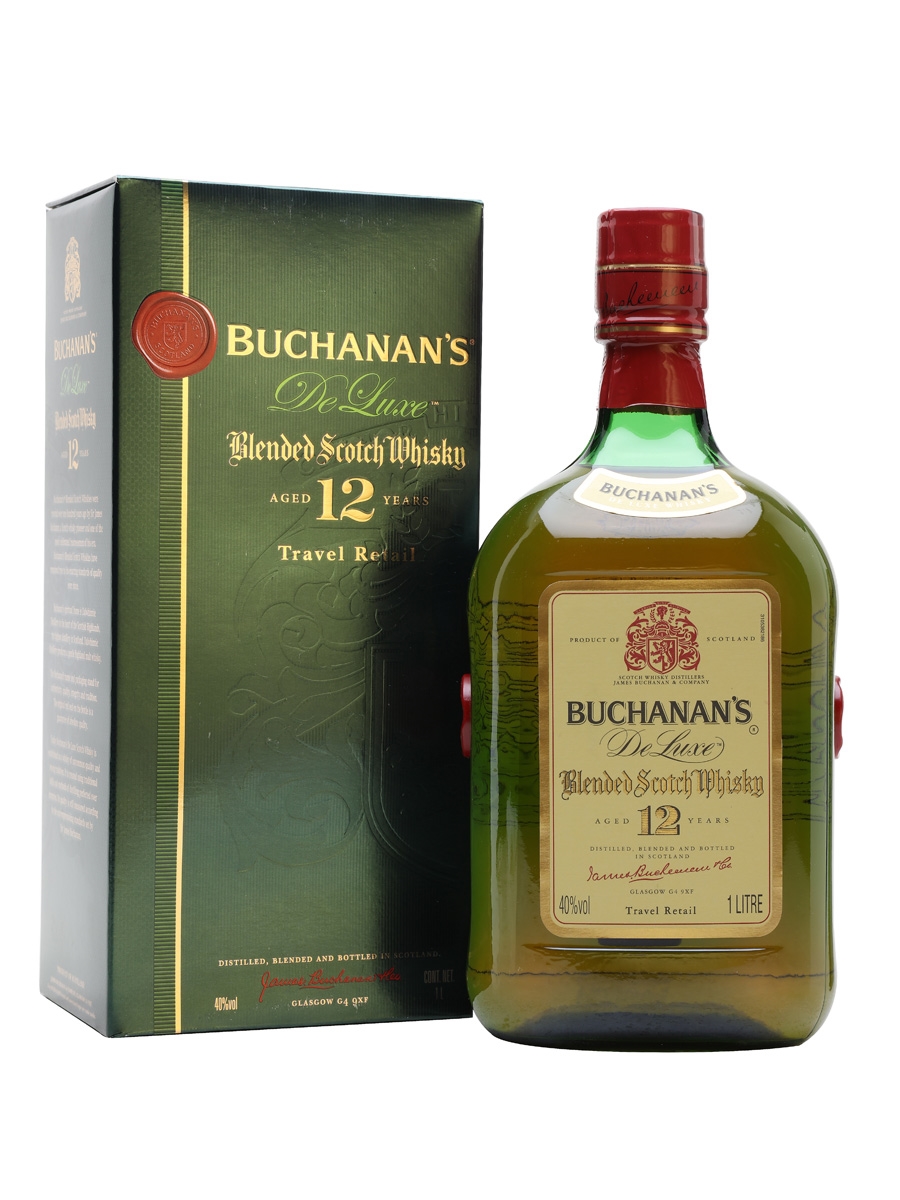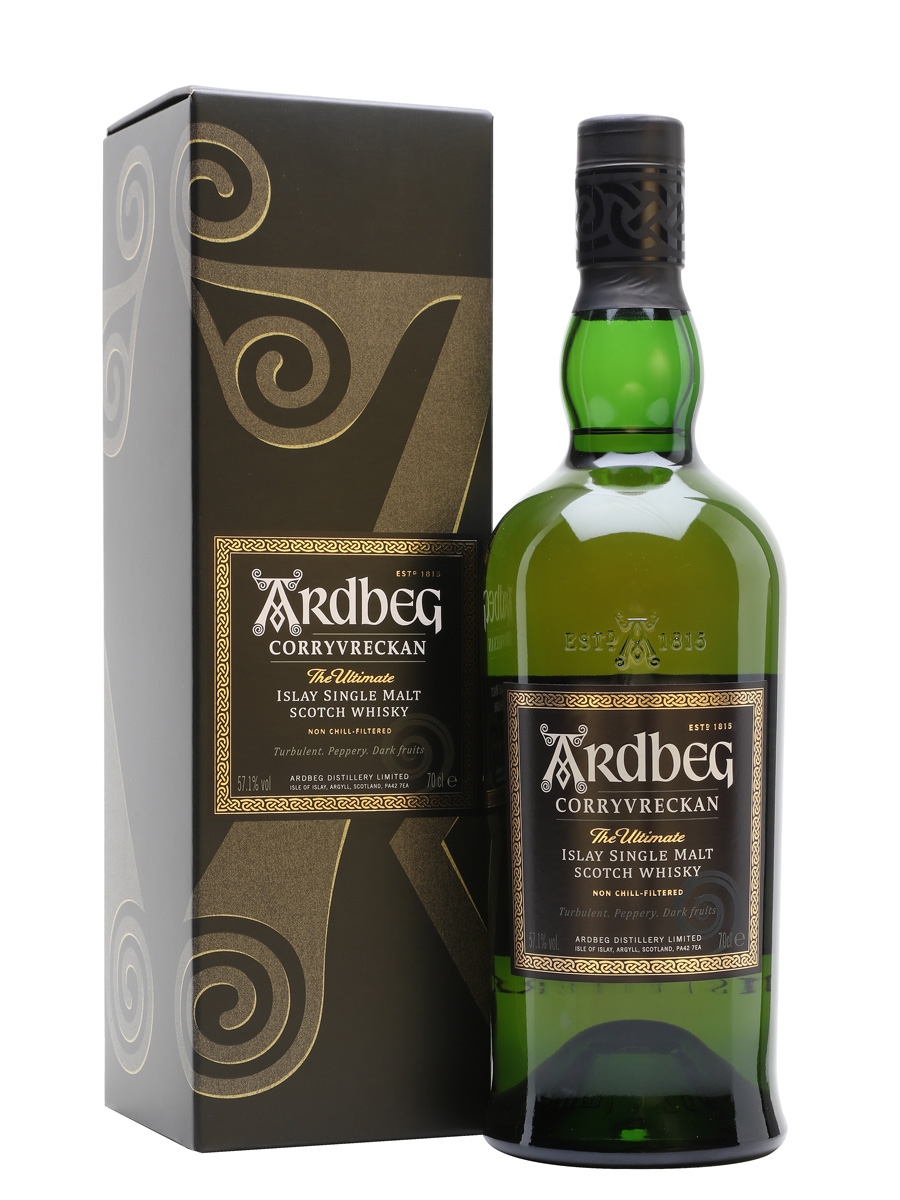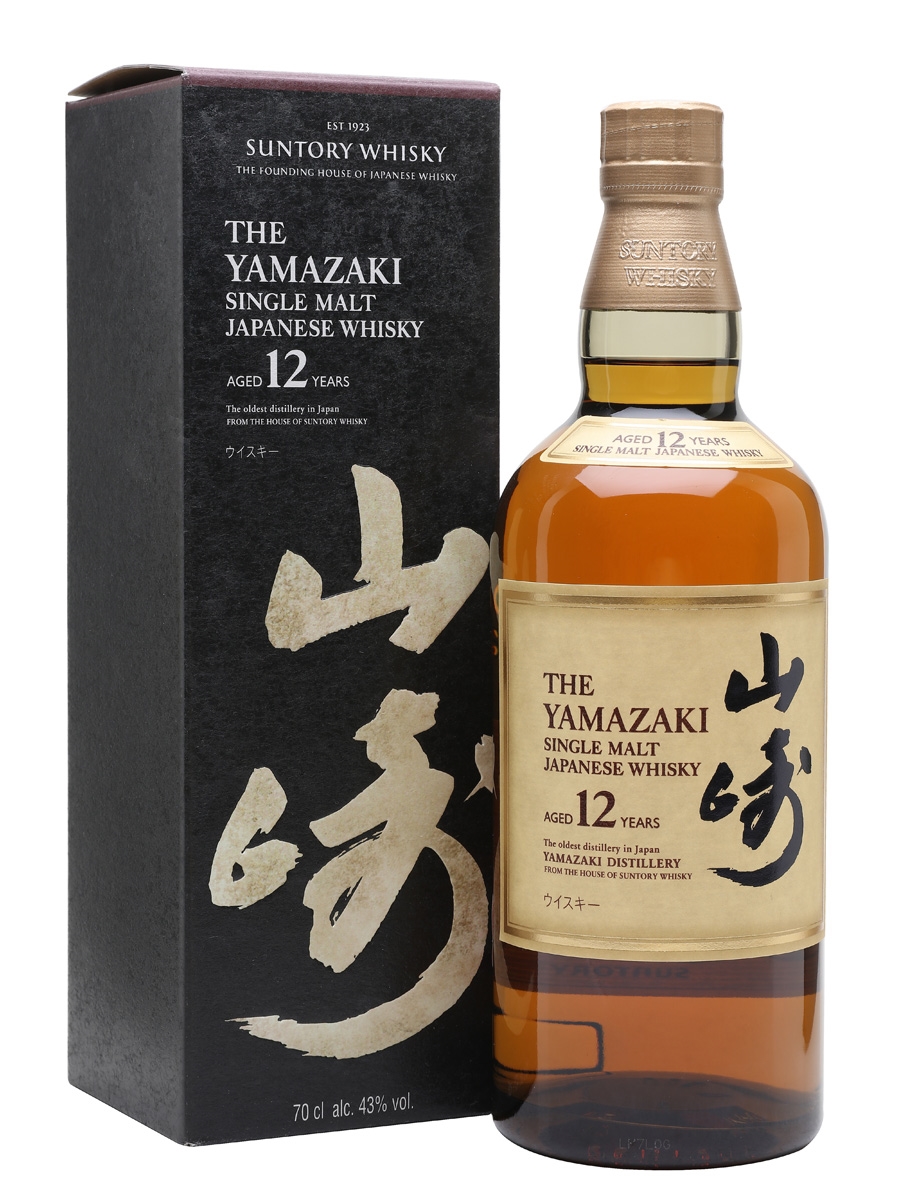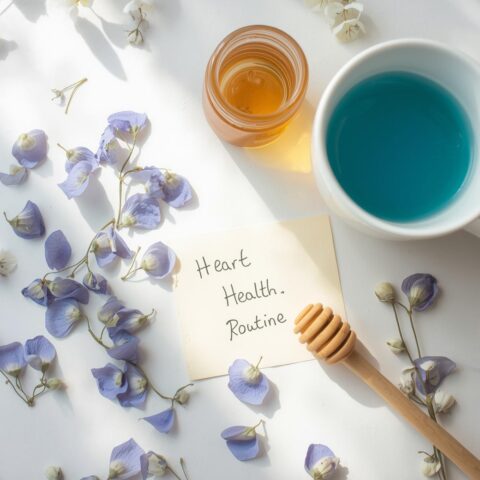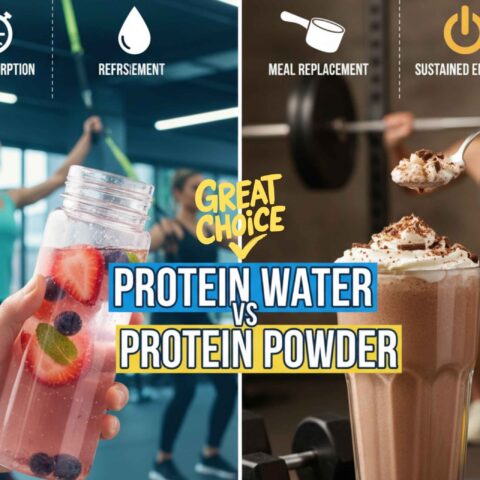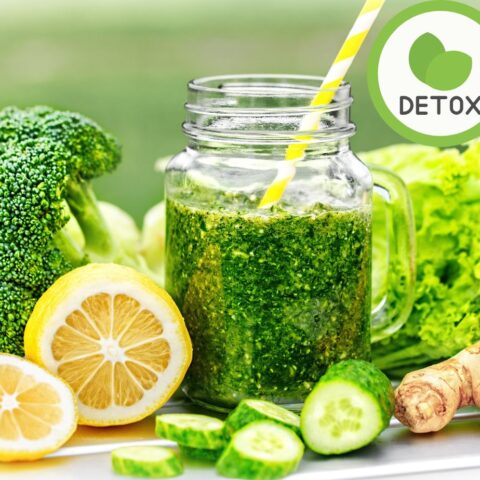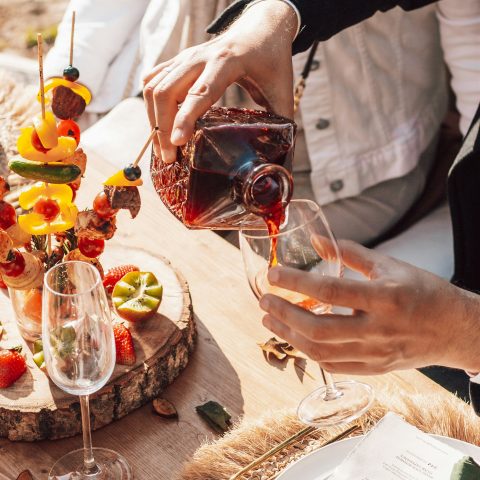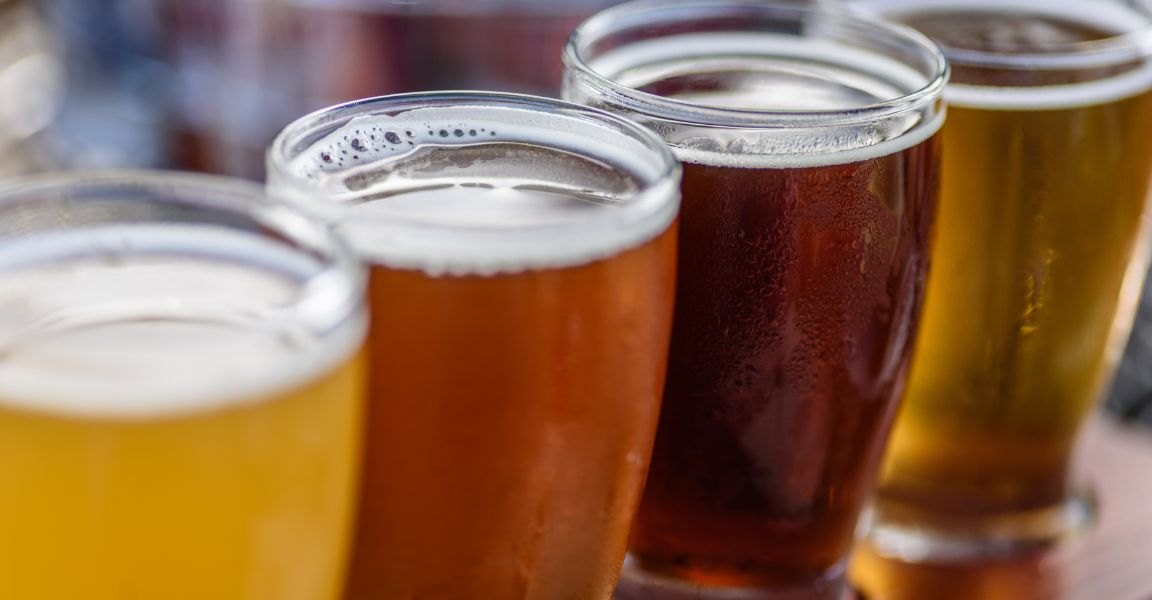A perennial favourite and a must-try for anyone interested in discovering Japanese whisky. Hakushu is owned by Suntory, founders of the first Japanese distillery, Yamazaki. The original Hakushu distillery was built in 1973, with another distillery building called Hakushu Higashi (east) added in 1981.
Suntory Hakushu 12 Year Review:
Nose: Wow! Intense nose. It is lost in the first few minutes, but then a bit later, it comes back and it is amazing. The nose is less powerful than the Hibiki, but unlike the Hibiki, the mellow and nice bouquet of the Hakushu lingers for a longer time and doesn’t fade away in the first few minutes. The nose can range from sweet, floral characteristics of Cedrat (or orange florals) to the more earthy scents of toasted oak and richer, heavier notes of coffee, chocolate, and dark oak. An unctuous, creamy and rich sort of nose with the prospect of warmth and security.
Palate: The palate of the Hakushu and the Hibiki is similar, since it is a blend of the three malts, and the transition from the nose to the palate is a transition from sweetness and floral characteristics to scents of lighter citrus, peppermint and orange zest to some darker, more charcoal and cocoa-like notes. Just as a bit of a note, it is probably one of the best whiskies I’ve ever had that has both sweetness and depth. Think of the transition from the nose to the palate of a robust food and you’ll get the idea: the light floral and sweeter notes are similar to the light flavors in a more delicate food (such as a custard crepe in Martinique), while the darker flavors/notes are closer to the rich, heavy flavor of a chicken and waffle (with a generous serving of maple syrup). I like the balance of both of these.
Finish: The finish is long and a little bit dry (but not too dry), with a peppery, woody-charcoal character. I think this is a great whisky to drink alone, but is also a great whisky to drink with food as it can work with heavier meaty/saltier food.
If I had to choose between the two Japanese whiskies, I think I’d have a hard time, but I think the extra year and how it makes the Hakushu a little more rounded after the first few minutes may push me towards the Hakushu as my favorite. If I was to just choose whiskies to have, a bottle of the Hakushu and the Hibiki on hand would make for a great imbibing experience. Frying up some chicken and waffles and enjoying the smooth, rich notes of both whiskies is a pretty nice night and a great way to spend time. If you are interested in buying the Hakushu 12 Year Old, I suggest reading from the Reddit forum, perhaps from a trusted seller with a good history and reviews.
The Hakushu 12 Year Old Review. I’ll take a moment to clarify for everyone that Tchuy is Dave Broom, the author, and GLR is Darren
Reddit – Dave Broom’s, Brand Ambassador / blender for Johnnie Walker / all round whisky expert talks to Tobias and tells us about tasting 95 whiskies in a session and Bertha.
From Dave Broom, Brand Ambassador / blender for Johnnie Walker
So it’s a general guide to try to tell the consumer, no we’re not all drunk all the time… if you ever meet me I don’t come across as drunk
So, for example, with Hakushu, it is an absolutely beautifully dram, often involved in various best dram of the year awards, but not a true reflection of what bourbon malt whiskies were like. And the reason being is that the way bourbon malt whisky was produced is you take the fresh worts and you ferment it into beer as laid down in law. And you would often add some whisky that was about six years old, that had been laying in a barrel, so it was roughly one-third beer, one-third whisky, one-third spirit, and then you’d work it all together. And the object there was to create a very consistent whiskey. So you’d work it all together, and then you’d take it into a cask and it would gain a sort of colour, and then you take it out into a barrel and it would gain the rest of the flavour. Now that doesn’t really happen with whisky like Suntory, Hakushu or Yamazaki, which are the three malt whiskies we produce in Japan, and I would say this is a finished product. And so when we took it in, the colour would be 6sr SRM, and now it’s 8.5. So


